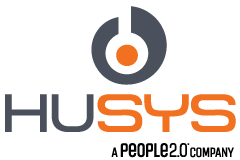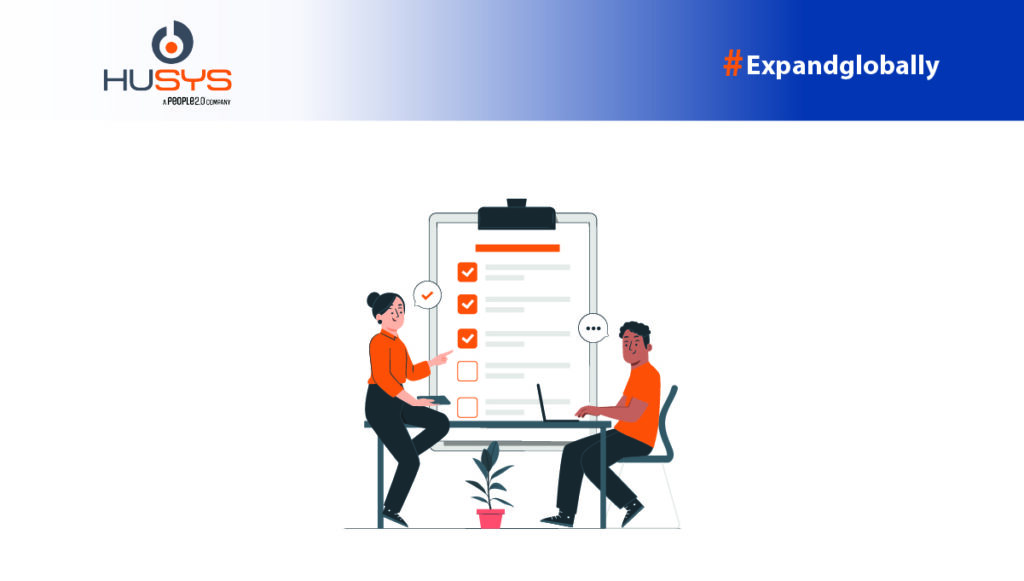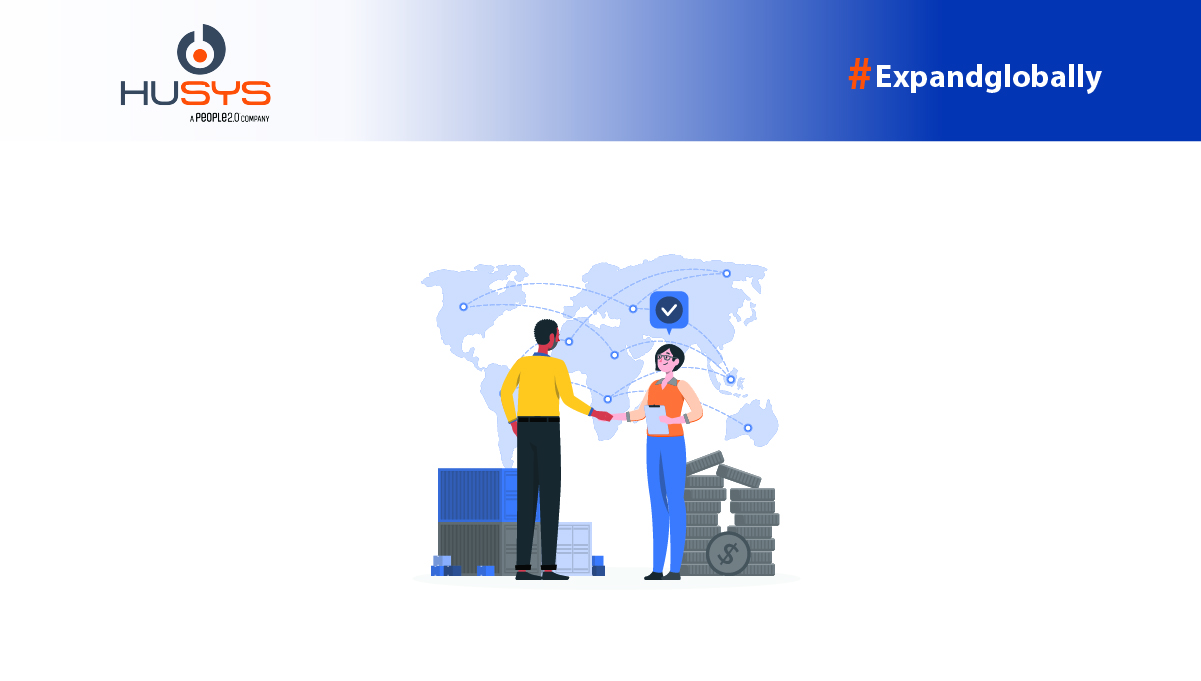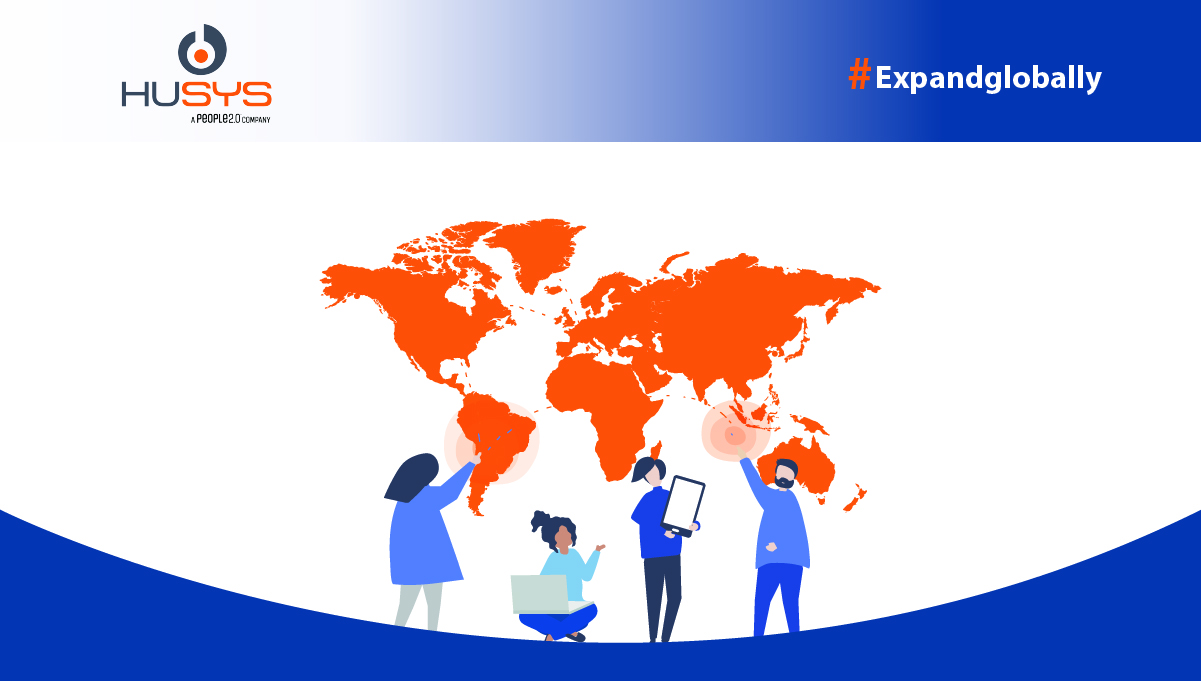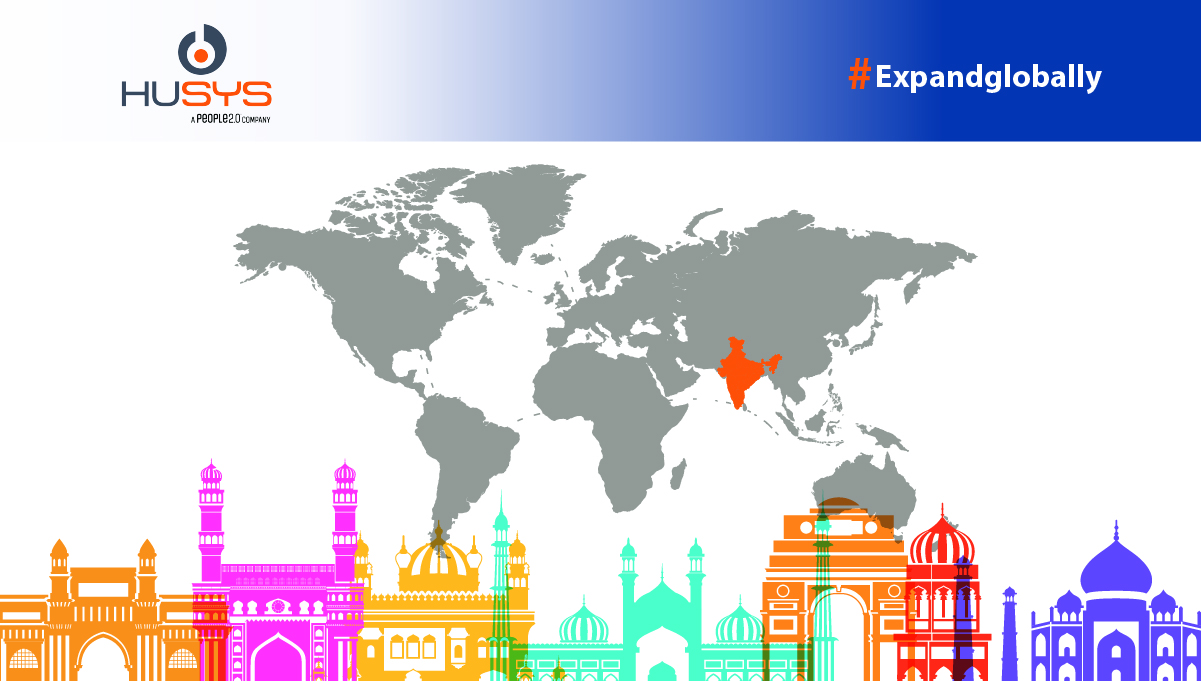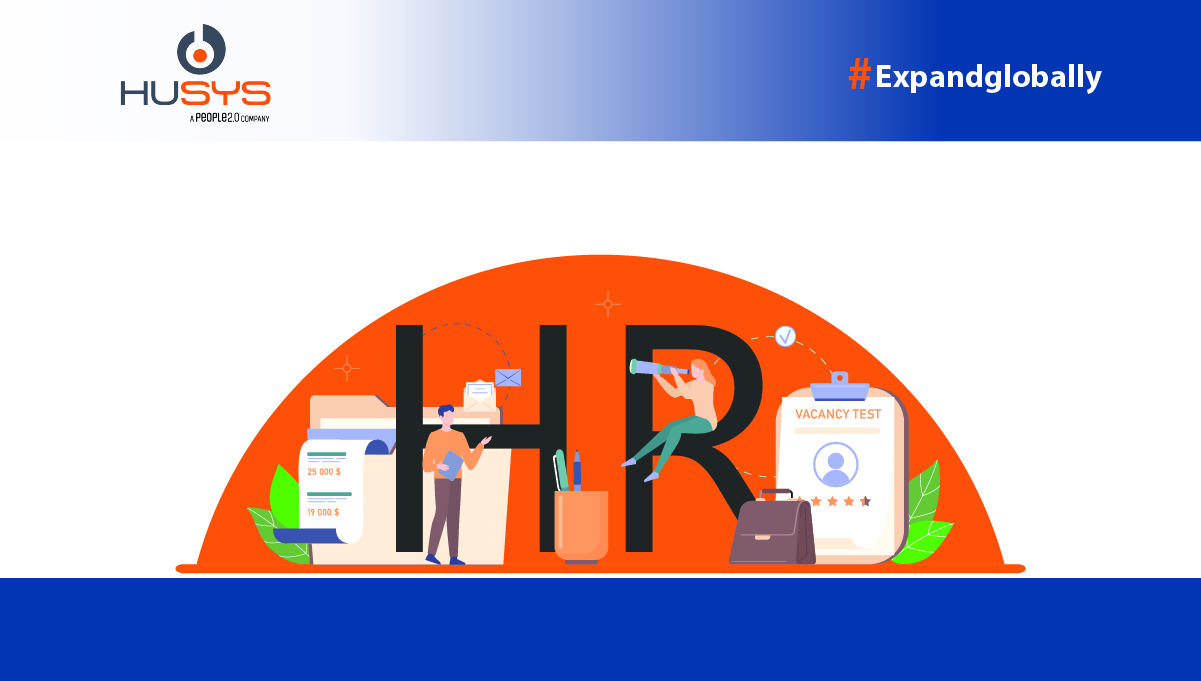In today’s economy, where businesses are connected more than ever, having efficient global payroll and compliance processes isn’t just about avoiding problems. It’s also about creating a strong foundation for growth and success. Not only do these processes ensure accurate and timely payments to employees worldwide, but they also play a pivotal role in maintaining the reputation and success of the business on a global scale.
However, it is easier said than done. The intricate web of diverse regulations, tax laws, and labor requirements presents a challenge that requires meticulous attention to detail and a deep understanding of each region’s nuances.
And that’s what we’ll discuss today. We’ll understand global payroll and compliance, the key steps to streamlining it, and the best practices. Let’s get started!
Understanding the Landscape of Global Payroll and Compliance
Each country possesses unique employment laws, tax structures, and reporting requirements that significantly impact payroll processes. Local regulations dictate factors like minimum wage, overtime, and benefits, necessitating careful consideration during compensation calculations. Moreover, varying tax laws influence the withholding and reporting of taxes, leading to complex payroll deductions.
This intricate landscape can quickly become overwhelming, especially for businesses with operations across different regions.
Diverse regulations and laws
Every country has its unique legal framework governing aspects such as tax deductions, minimum wage, overtime, and more. Navigating these regulations requires a deep understanding of local labor laws, which can significantly differ from one jurisdiction to another.
Taxation variability
Taxation is a pivotal factor influencing global payroll. The tax structure varies widely between countries, ranging from income tax to social security contributions. Different tax rates and methods of calculation further contribute to the intricacy.
Compliance challenges
Ensuring compliance extends beyond financial matters. Businesses must also adhere to labor laws, employment contracts, data protection regulations, and reporting requirements. Failing to meet these obligations can lead to financial penalties and reputational damage.
Employee and contractor misclassification risk
Correct classification is crucial for compliance with labor laws, taxation, and benefits. Misclassifying workers as employees or contractors poses legal and financial risks to businesses. It can lead to legal actions, back pay claims and penalties for unpaid taxes and benefits.
Adapting payroll systems to comply with these laws requires meticulous planning, resources, and expertise. Multinational organizations must invest in technology that can handle intricate calculations and reporting across diverse jurisdictions.
Key Steps to Streamline Global Payroll and Compliance
It is crucial to have a strategic plan for streamlining global payroll and compliance. This will help avoid bottlenecks when expanding into new countries and speed up the process. Here are some tips.
Centralized Payroll Management
Centralizing payroll operations is pivotal to achieving global payroll and compliance efficiency. By consolidating payroll functions, organizations gain real-time access to data through cloud-based payroll systems. This enhances data accuracy and facilitates better oversight and control over payroll processes.
Benefits of centralizing payroll operations:
- Streamlined data management across multiple countries.
- Improved data security and compliance monitoring.
- Enhanced transparency and reporting capbilities.
- Standardized payroll practices for a global workforce.
Localization and Standardization
Harmonizing payroll practices with local regulations while maintaining global standardization is critical. To achieve this balance, organizations should invest in understanding the unique labor laws, tax codes, and compliance requirements in each country of operation. Establishing standardized global payroll procedures ensures consistency while adapting to local nuances.
Key considerations for localization and standardization:
- Stay updated on evolving local regulations and labor laws.
- Tailor payroll processes to comply with specific country requirements.
- Implement a global payroll policy framework to maintain consistency.
Automation and Technology Integration
Leveraging payroll software and integrating it seamlessly with HR, finance, and payroll systems is essential for accuracy and efficiency. Automated payroll calculations reduce errors, enhance compliance, and expedite the payroll cycle. Integration ensures data flows smoothly between departments, minimizing manual data entry and potential discrepancies.
Advantages of automation and technology integration:
- Minimized manual errors in payroll calculations.
- Efficient data sharing between HR, finance, and payroll systems.
- Accelerated payroll processing and reporting.
- Enhanced compliance through automated tax calculations.
Best Practices - Ensuring Compliance Across Borders
Following the best practices to avoid potential issues is a good idea after you design a standard process for global payroll and compliance. Here are some tips to follow.
Stay Updated with Regulations
Businesses must regularly review and monitor updates to tax laws, labor codes, and related regulations in all the regions where the company operates. This proactive approach helps in identifying potential compliance issues early on.
Subscribe to industry-specific publications, newsletters, and government announcements to receive timely updates on regulation changes. Utilize online resources, webinars, and seminars to keep abreast of the latest developments that impact your business.
Ensure Clear Communication and Transparency
Effective communication and transparency are the cornerstones of successful global payroll and compliance management. Miscommunication or lack of transparency can lead to confusion, frustration among employees, and even legal complications.
Create open lines of communication with all relevant stakeholders, including HR departments, finance teams, and employees in different regions. Employ various communication tools and platforms to facilitate easy interaction.
Also, clearly communicate payroll policies, procedures, and any changes to all employees. Ensure that the information is easily accessible and understandable, regardless of the language or location of your workforce.
Invest In Change Management and Training
Effective change management and training are essential to ensure a smooth transition. Develop comprehensive training programs that educate employees and managers about new payroll and compliance procedures.
Tailor the training to the specific needs of each region, ensuring that individuals understand their roles and responsibilities in the updated processes. Address resistance to change proactively by explaining the reasons behind the modifications, emphasizing the benefits, and actively seeking feedback.
Prioritize Data Security and Privacy
Protecting sensitive employee data is a legal requirement for maintaining trust and credibility. Invest in robust data security measures, including encryption, access controls, and regular security audits. Ensure compliance with data protection regulations such as GDPR (General Data Protection Regulation) and educate employees on data privacy best practices.
How PEO Solutions Can Help With Global Payroll and Compliance?
When it comes to global payroll and compliance, PEOs function as invaluable partners. PEOs serve as the legal employer of record for a company’s employees in foreign jurisdictions. This arrangement allows businesses to focus on their core operations while the PEO assumes responsibility for payroll, tax compliance, and other HR-related functions.
Benefits of Leveraging PEO Services for Payroll and Compliance
Localized Expertise
PEOs have extensive knowledge of countries’ unique labor laws, tax regulations, and compliance requirements. This expertise ensures that payroll processes adhere to local legal frameworks, minimizing the risk of costly errors.
Mitigated Compliance Risks
Businesses can transfer certain compliance risks to a PEO by partnering with a PEO. This risk-sharing arrangement helps companies avoid legal penalties, labor disputes, and financial liabilities associated with global payroll and labor compliance.
Streamlined Payroll Processing
PEOs excel in efficient payroll processing. They manage calculations, deductions, and tax filings accurately and punctually, eliminating administrative burdens and reducing the likelihood of payroll mistakes.
Access to Comprehensive Benefits
PEOs typically offer access to a wide array of employee benefits, including health insurance, retirement plans, and other incentives. This can enhance a company’s attractiveness to top talent globally.
Conclusion
Navigating the complexities of global payroll and compliance can be challenging, especially as you enter new regions. However, you can make things easier by centralizing payroll management, creating localization strategies, and automating Payroll Service processes. Additionally, you can partner with a PEO to outsource payroll and compliance. This will allow you to focus on expanding your business without any legal overheads.
